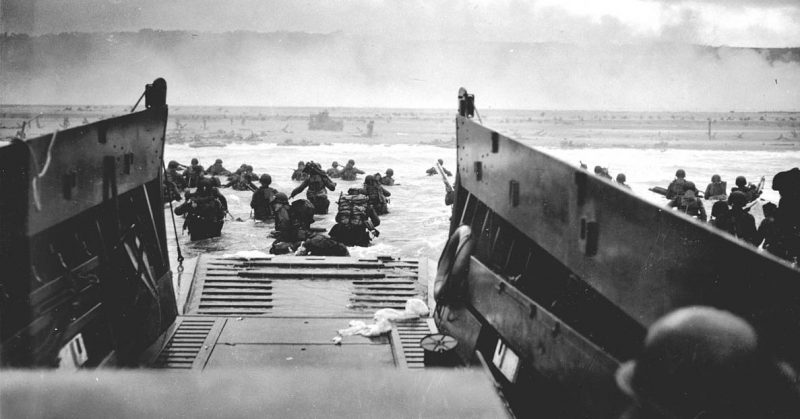War History Online presents this Guest Article from Joseph M. Durante
June 6, 1944, was D-Day – a date that will never be forgotten in America’s historical consciousness. It was the beginning of Operation Overlord the Allied invasion of Normandy in WWII.
The Operation took place on the beaches of Normandy, France, and was intended to open the door for Allied troops into Nazi-controlled Europe. There were five different landing zones in Normandy: Sword, Juno, Gold, Omaha, and Utah. The Allies unleashed their forces upon the German defensive line intending to liberate France and eventually march on Berlin, Germany.
During the early years of WWII, Adolf Hitler’s Army was a light, fast, mobile force. They used quick swift maneuvers to outflank their enemies leaving them no time to react and counter attack.
At the height of the German offensive in 1943, the Axis forces were fighting on their Eastern Front against the Soviets. They also had forces maintaining their rule all over Europe and were involved in conflicts against the Allies who had by July 1943 reached Sicily. Hitler and his army were feeling the pressure from his decision to create a two-front war.
The German command undertook a substantial philosophical and tactical shift from a light, mobile force, to a strong, dug-in defensive strategy, transforming itself from the highly mobile blitzkrieg army to an all-but-immobile one.
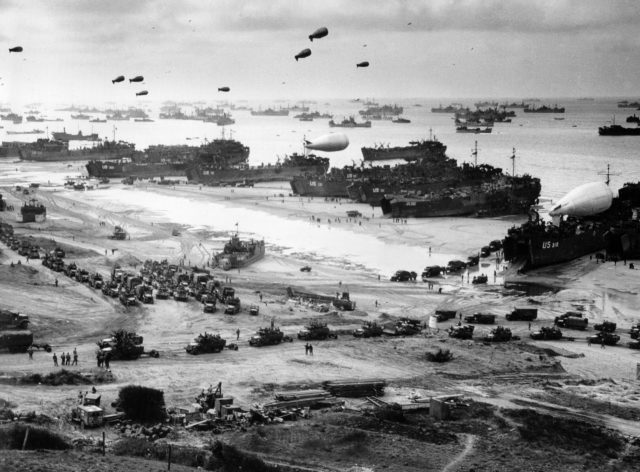
Hitler’s new strategy had some advantages over the invasion force of the Allies. At all five invasion beaches, the defending Germans had fortified their position with artillery support and machine guns and were well dug in. They also had the advantage of location on the high hilltops looking over the beaches.
Following the Trident Conference between Churchill and President Roosevelt in May 1943, the planning for Operation Overlord began. British Lieutenant General Frederick Morgan was tasked with developing a plan for an assault on the European Continent. There were many requirements, such as proximity for Allied fighter planes to support the invasion and access to at least one major port. Detailed plans for an amphibious assault were required to secure a victory and provide a way to win the war and free the European States under German control.
The Commanders of the Allied forces during Operation Overlord were led by Dwight D. Eisenhower, Supreme Allied Commander. He had full power over all operations in the European Campaign. Next in line was Arthur Tedder, Deputy Supreme Allied Commander.
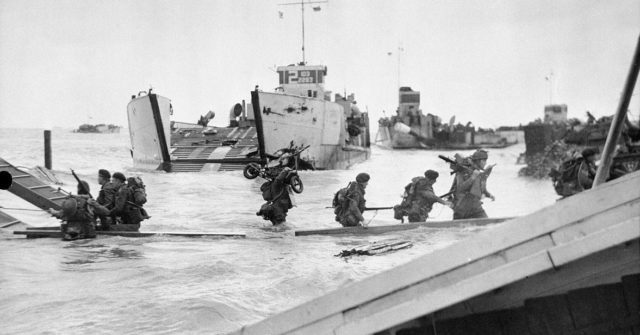
Bernard Montgomery was Ground Forces Commander in Chief; Trafford Leigh-Mallory was Acting Air Commander in Chief, and Bertram Ramsay was Naval Commander in Chief. The only US members of the group were Eisenhower and Field-Commander Omar Bradley.
In command of the Axis forces was Field Marshall Gerd Von Rundstedt, Commander in Chief of the West. Before he was moved, Rundstedt had commanded Army Group South, deployed on Germany’s Eastern Front. Field Marshall Erwin Rommel was given command of the newly re-formed Army Group B. Nicknamed the “Desert Fox,” for his achievements in Africa, Rommel was a hero to the German people. Later, he was implicated in the attempted assassination of Hitler in July 1944. He was given a choice between committing suicide or standing trial which would result in his disgrace and execution. In October 1944 he swallowed a cyanide pill. The German people were told Rommel died from injuries received in a car crash, but in truth, he was killed for betraying his Fuhrer.
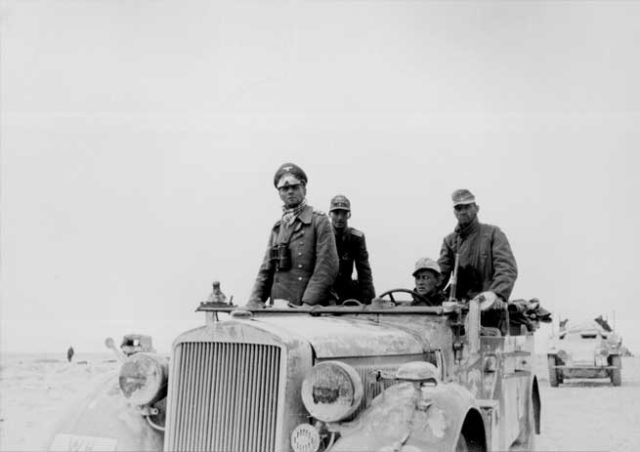
In the fight to liberate France, the Allies were up against two great tacticians who were well-known and respected by their troops.
There was a simple command authority at the Allied Supreme Headquarters Expeditionary Force (SHAEF). Eisenhower had already experienced working with most his team and the other officers during the conflict in the Mediterranean. He knew how they thought and acted and he trusted them. He had also worked with British General Montgomery and “did not like General Montgomery and feared he would be too cautious in battle.”
There was “a profound difference between Rommel and Eisenhower… to Eisenhower; the invasion was a crusade designed to end the Nazi occupation and destroy the scourge of Nazism forever.” To Rommel, “the coming battle would be fought against an enemy he never hated but respected,” and also “he approached that battle with professional competence rather than the zeal of a crusader.”
The Allies had to choose the right location to meet the requirements for a successful beachhead. The Pas de Calais is the closest place between the island of Great Britain and France. The Germans were defending that area with a large military force.
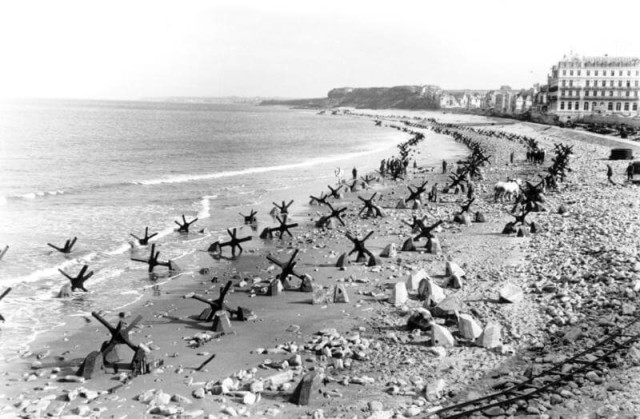
Normandy is just across the English Channel from Britain and has long, broad beaches, ideal for amphibious landings. The only drawback for using the Normandy coast was the lack of a port. Artificial harbors would be built until the port at Cherbourg was secured for the Allies to enable troop reinforcements and access to supplies. Also, the nearby city of Caen had an airfield, which, once captured, could be used for Allied planes and bombers to refuel.
The first phase of the Operation was the amphibious landings and establishment of a beachhead; designated Operation Neptune. Before they could commence, the Allies attacked the German airfields and their fuel supplies to gain air superiority for the invasion. The Allies needed to control the skies over France to provide support for their troops.
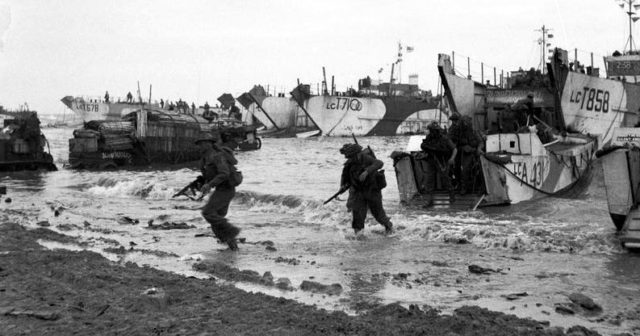
Also, British Bomber Command and the Eighth US Army Air Force undertook thousands of missions over France between April and early June 1944. Their objective was not to hit German defenses directly but to destroy transportation lines and railway yards, roads, installations, industrial areas, and coastal defenses. Charles De Gaulle, the Leader of the Free French, said he would have to deal with the destruction of France by his Allies for the greater good of the war. Bombing the railway systems slowed German reinforcements to Hitler’s western front.
Continued in Part 2
Sources:
Stephan E. Ambrose: D-Day: June 6th, 1944: The Climactic Battle of World War II;
Frans Coetzee & Marilyn Shevin-Coetzee: The World In Flames: A World War II
Sourcebook;
Thomas W. Zeiler: Annihilation: A Global Military History of World War II;
